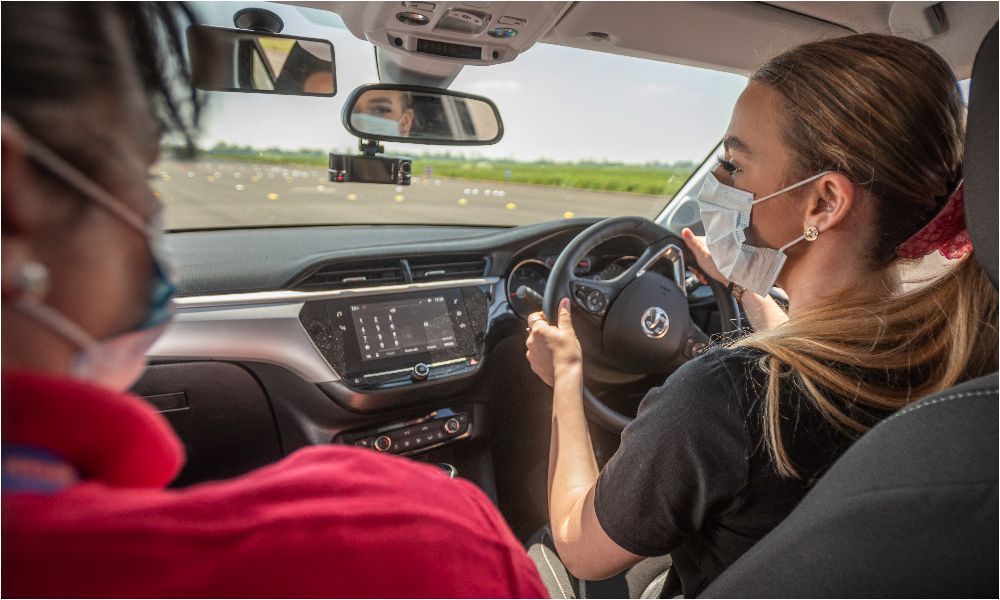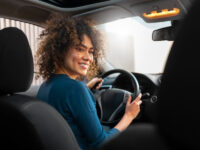Automatic vs. Manual Driving Lessons: Which One is Right for You?

In the realm of motor vehicles, one of the age-old debates that never seem to fade away is the comparison between automatic and manual driving. This debate often becomes even more significant when considering the first steps towards learning how to drive. Whether it’s a young adult aiming to attain their driver’s license or a seasoned driver looking to gain new skills, the question remains: should you choose automatic or manual driving lessons?
The answer, as it often is, depends on your unique needs and circumstances. This article aims to shed light on the key considerations to help you decide between automatic driving lessons and their manual counterparts.
Ease of Learning
For many, the ease of learning is a top priority, especially for beginners with no prior experience behind the wheel. It’s undeniably easier to learn how to drive an automatic car compared to a manual one. An automatic car takes care of the gear changes for you, allowing you to concentrate on steering, braking, and accelerating. This makes automatic driving lessons potentially less stressful and more straightforward for new drivers, helping them to feel comfortable on the road faster.
Versatility
However, learning to drive manual cars offers more versatility. Once you’ve mastered manual driving, you can drive both manual and automatic vehicles. The same can’t be said for those who have only learned to drive an automatic car. If flexibility in your driving skills is important to you, you might want to consider manual driving lessons.
Cost Considerations
Next up is the factor of cost, which could play a pivotal role in your decision. Automatic cars are generally more expensive to buy and maintain. On the flip side, they are more fuel-efficient than manual cars, which might save you money in the long run. When it comes to driving lessons, prices can vary, but manual lessons are often slightly more expensive due to the added complexity and duration of the training.
Availability of Cars
You also need to consider the availability of cars. Depending on your location, one type of car might be more dominant than the other. For instance, in the US, automatic cars are much more prevalent than manual ones. However, in Europe and other parts of the world, manual cars are still widespread. It’s wise to consider what type of car you will likely be driving before deciding on the type of lessons to take.
Future-Proof Skills
If we look into the future, automatic cars are gaining more popularity, and with the rise of electric vehicles (EVs) — which are inherently automatic — it seems that automatic driving may become the norm. From this perspective, opting for automatic driving lessons could be seen as a more future-proof choice.
Personal Preference
Finally, it boils down to your personal preference. Some drivers enjoy the control and engagement that manual driving offers, while others prefer the convenience and ease of automatic cars. There’s no one-size-fits-all answer, and your choice should ultimately align with your driving goals and comfort level.
To wrap up, automatic and manual driving lessons both have their distinct advantages. Automatic lessons, which are easier and more straightforward, might be more suitable for nervous beginners, whereas manual lessons offer more control and versatility, appealing to those seeking a comprehensive understanding of driving mechanics.
When deciding, remember to consider the long-term implications, your personal goals, and what brings you the most joy behind the wheel. Whether you choose automatic or manual, remember that learning to drive is an exciting journey. Enjoy the ride!







